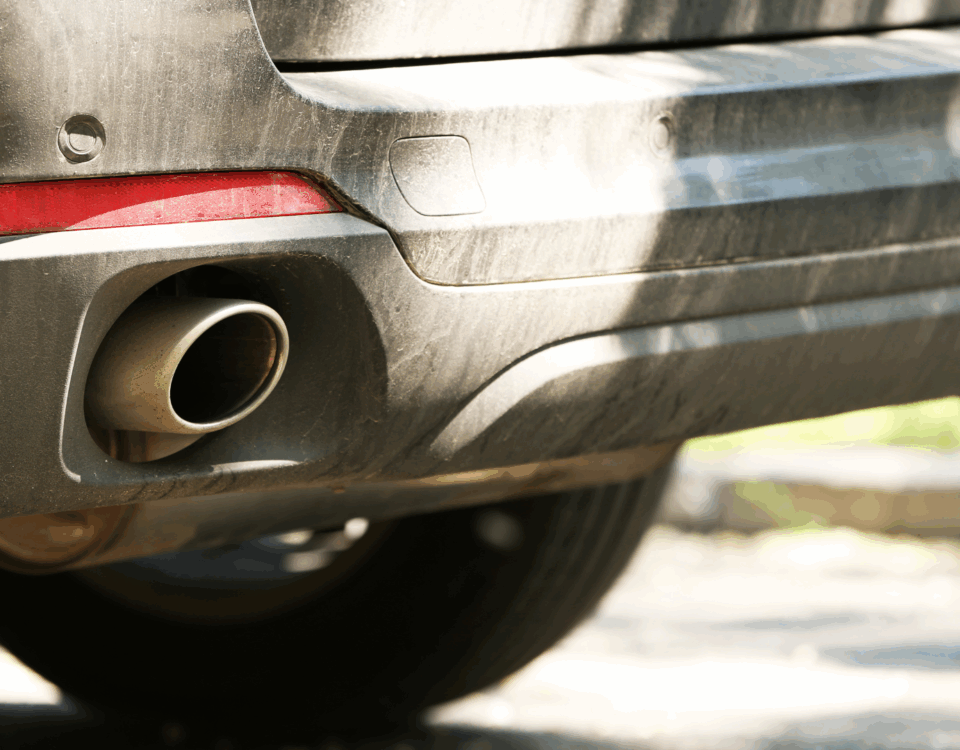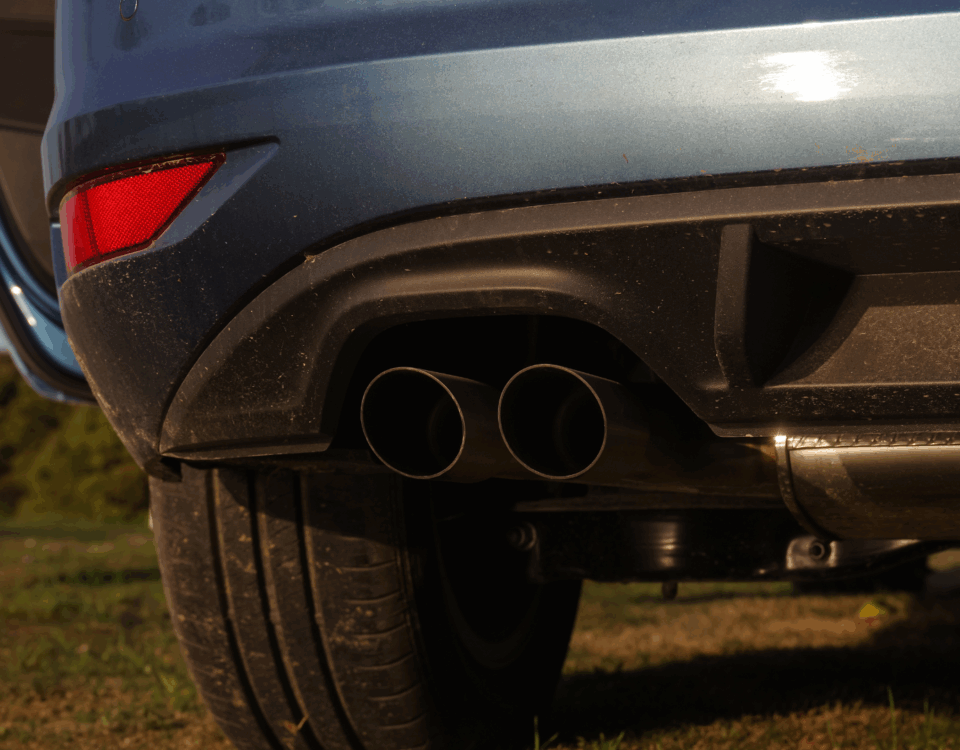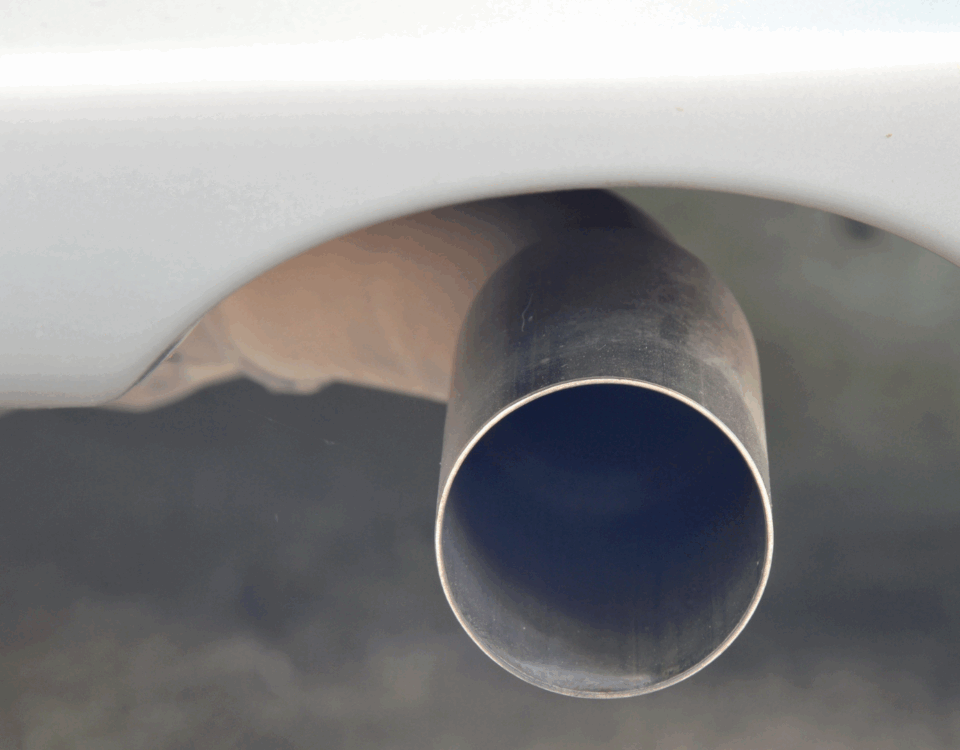Must-Try Experiences When You Visit Wendy’s in Reseda, CA
November 7, 2024Smog Check vs. Emissions Test: Understanding the Key Differences
November 12, 2024Understanding the importance of vehicle testing for both environmental and legal compliance is essential for all drivers. In many states, regular vehicle inspections ensure that harmful pollutants are minimized, but many car owners wonder about the difference between a Smog Check and an Emissions Test. This article breaks down these terms, helping drivers understand their roles and benefits.
What is a Smog Check and Why is It Necessary?
A Smog Check is a specific inspection process mandated in several states to measure the emissions coming from a vehicle’s exhaust system. This check is particularly focused on identifying levels of pollutants such as carbon monoxide, nitrogen oxides, and hydrocarbons, which contribute to air pollution. The Smog Check is usually required periodically, especially in areas with high vehicle density, to ensure each car meets local air quality standards. Failure to pass a Smog Check can mean necessary repairs before the vehicle can legally operate, as it ensures vehicles do not exceed allowable pollutant levels. This regulation directly impacts air quality, making Smog Checks a necessary process in urban areas.
Emissions Test Overview and Its Environmental Impact
An Emissions Test is a more comprehensive assessment of a vehicle’s overall emission output. Unlike a Smog Check, which is often limited to measuring pollutants exiting through the exhaust, an Emissions Test can evaluate a broader range of emissions, including those from evaporative and fuel systems. It aims to assess the vehicle’s environmental impact beyond just the exhaust gases. This test is often required for new vehicles, those undergoing modifications, or when transferring ownership. An Emissions Test provides a holistic look at how much a vehicle contributes to pollution, and it can also serve as an early indicator of potential mechanical issues within the engine and fuel systems.
Smog Check vs. Emissions Test: Key Differences
While both tests assess the pollutants a vehicle emits, the Smog Check is typically more limited in scope compared to an Emissions Test. A Smog Check is primarily concerned with what comes directly out of the exhaust, focusing on common pollutants known to affect air quality. The Emissions Test, however, looks beyond the exhaust, considering the vehicle’s entire emissions system. An Emissions Test may take longer and be more comprehensive, but it is also less commonly required. The Smog Check is typically repeated regularly as part of vehicle registration, especially in areas with stringent air quality regulations, whereas the Emissions Test is more common when vehicles are new, modified, or sold.
When Do You Need a Smog Check or Emissions Test?
Requirements for a Smog Check or Emissions Test vary based on state and local regulations. Many areas mandate Smog Checks as part of an annual or biennial vehicle registration renewal. On the other hand, Emissions Tests are often required only under specific conditions, such as transferring vehicle ownership or after certain modifications. Checking with local DMV guidelines can help clarify which test you need and when. Being proactive with these inspections is beneficial, as they not only help you avoid penalties but also ensure your vehicle is environmentally responsible.
Both Smog Check and Emissions Tests are essential in maintaining air quality standards and ensuring vehicle compliance with environmental regulations. While similar, their scope and application differ, with each serving specific purposes.





